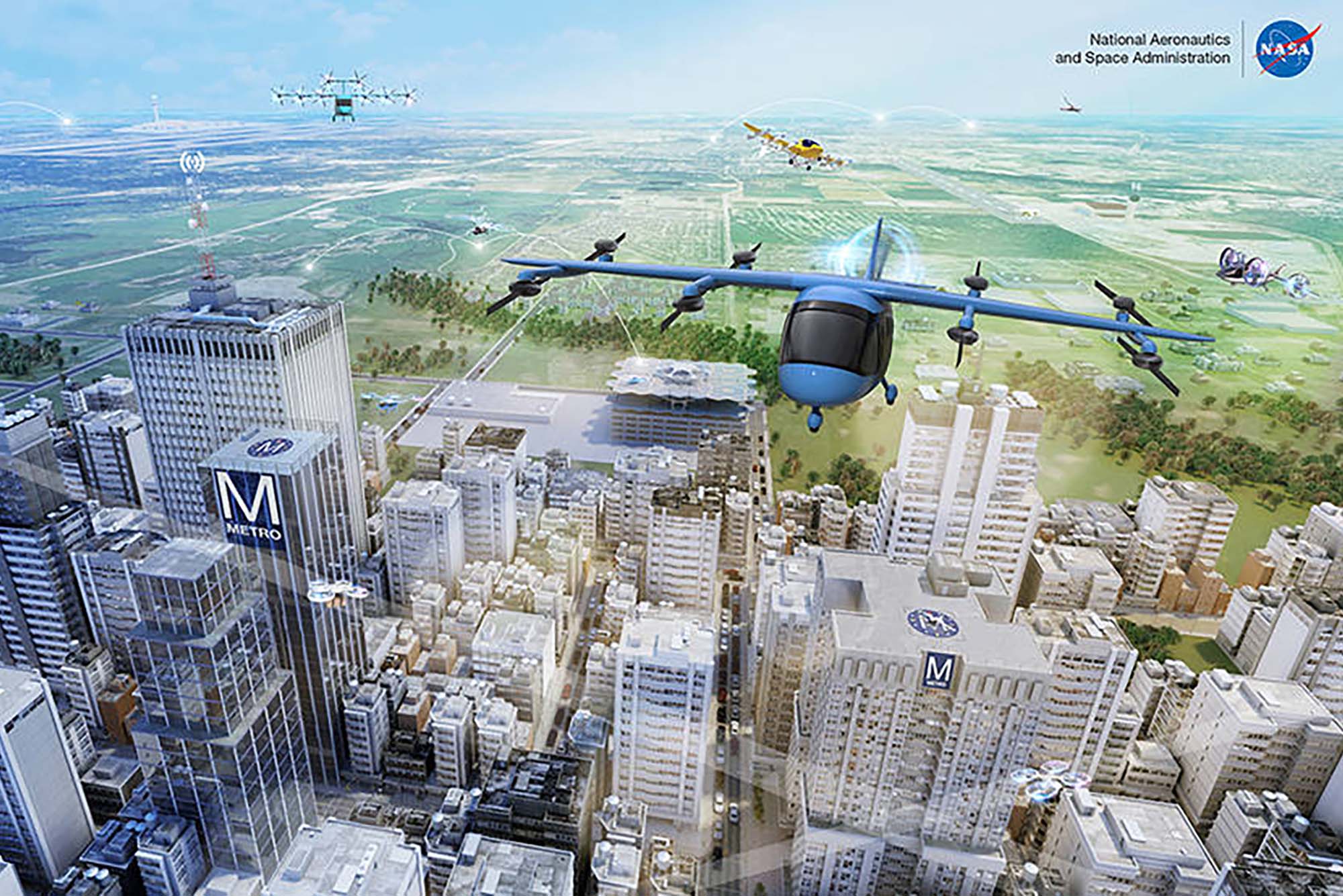Forget to order dinner or a birthday gift? Have a drone land an order on your doorstep. Need to hop a short distance from one city to another, but don't want to wait in traffic or baggage lines? Jump on a lightweight, multirotor rideshare aircraft. This future-in some places, this present-promised by vertical lift air vehicles might seem super convenient, but with all those buzzing rotors filling the sky, it could also be very noisy.
Just ask the residents of suburban Queensland, Australia. For the past couple of years, Alphabet-owned drone delivery company Wing has zipped above streets with thousands of restaurant and grocery orders for companies like DoorDash and supermarket chain Coles. It may sound very Jetsons-like, but not all residents are happy with this soaring progress: the automated drones are reportedly shattering peaceful neighborhoods with a cacophony of noise-like a swarm of angry bees.
For NASA, it throws up an intriguing problem: how do you advance a cool flight technology without making such a racket? The agency has awarded a Boston University-led team funding to help develop safe, affordable, and quiet vertical lift air vehicles, which are electric aircraft-classed as Advanced or Urban Air Mobility vehicles-that have four or more rotors and can take off and land vertically. The University Leadership Initiative grant-one of four awarded with a combined total of up to $25.1 million over four years-will support research into the technical and environmental challenges of flying in urban environments.
According to Sheryl Grace, a BU College of Engineering associate professor of mechanical engineering who will be heading the project, her team brings experience studying topics as diverse as rotor performance, how winds swirl through cities, and autonomous vehicle control.
"All of the expertise needed to address this challenge has been developed over many years," says Grace, who will be joined on the project by Dan Li, a BU College of Arts & Sciences associate professor of Earth and environment, and Roberto Tron, an ENG assistant professor of mechanical engineering. "And now we just need to go after these new questions."
The multi-institution team will also include experts from Virginia Tech, Embry-Riddle Aeronautical University, Tuskegee University, and industry partner, Joby Aviation, which is developing electric aerial ride-sharing vehicles. Joby will offer internships for graduate students involved in the program, while more than 20 undergraduates will have the opportunity to work in participating labs. The team also plans to create a leadership program for students from underrepresented backgrounds.

"This multidisciplinary approach enables the lead teams to partner with others, including student populations who are underrepresented or have not been involved before in aviation research," says Koushik Datta, NASA University Leadership Initiative project manager. "As we look to future growth in Advanced Air Mobility and an increasing emphasis on creating truly sustainable aviation, it's important we involve today's students in helping us solve tomorrow's challenges."
The Brink spoke with Grace about the present-and future-of urban flight, how to curtail a drone's buzzing, and why NASA is getting involved.
This interview was edited for clarity and brevity.






